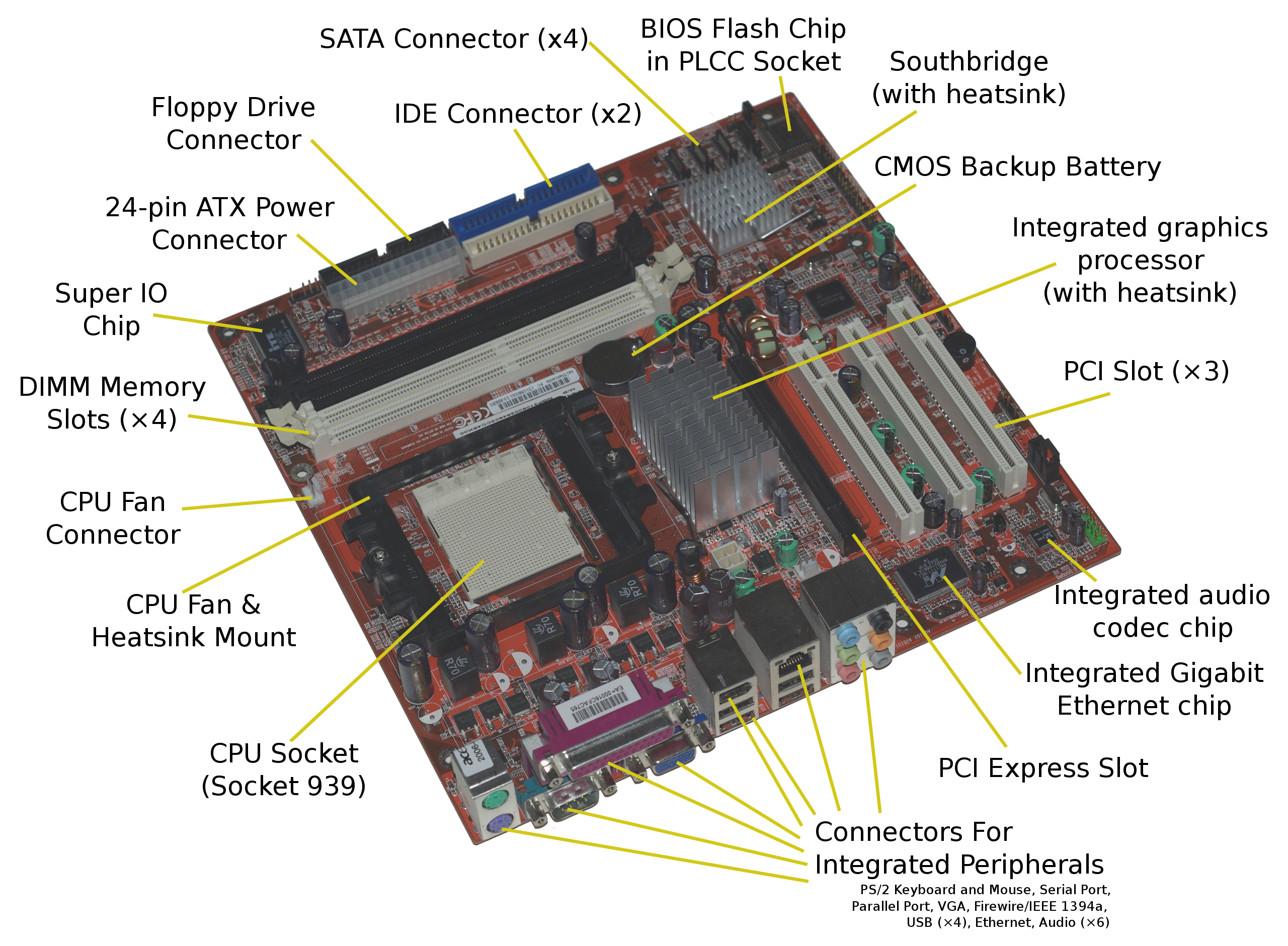In this article, I will discuss troubleshooting tips for fixing ASUS laptop screen flickering on Windows 10 IPS 4K display.
Adjust the Screen Refresh Rate
1. Right-click on the desktop and select “Display settings.”
2. Scroll down and click on “Advanced display settings.”
3. Under “Refresh rate,” click on the drop-down menu and select the desired refresh rate. Choose a refresh rate that is supported by your monitor to prevent flickering issues.
4. Click “Apply” to save the changes and then click “Keep changes” to confirm the new refresh rate.
If you notice that the screen flickering persists after adjusting the refresh rate, you may need to troubleshoot further or seek technical support. Remember to always double-check the compatibility of the refresh rate with your display to avoid any potential issues.
Update Graphics Card Drivers
- Open Device Manager by right-clicking on the Start button and selecting it from the menu.
- Expand the Display adapters category to find your graphics card.
- Right-click on your graphics card and select Update driver.
- Choose Search automatically for updated driver software and follow the on-screen instructions to complete the update process.
Remove Incompatible Applications
![]()
1. Open the Control Panel by searching for it in the Windows search bar.
2. Click on “Programs” and then “Programs and Features.”
3. Look through the list of installed applications and identify any software that may be incompatible or causing conflicts with the display.
4. Select the incompatible application and click on “Uninstall.”
5. Follow the prompts to complete the uninstallation process.
If the screen flickering persists after removing incompatible applications, consider checking for any updates for your display drivers. You can do this by:
1. Right-click on the Start menu and select “Device Manager.”
2. Expand the “Display adapters” category.
3. Right-click on your display adapter and select “Update driver.”
4. Choose to search automatically for updated driver software.
5. Follow the prompts to install any available updates.
After updating the display drivers, restart your laptop to see if the screen flickering issue has been resolved. If the problem continues, you may need to seek further technical support or consider contacting ASUS for assistance.
Enable VSync Technology
To enable VSync:
1. Right-click on your desktop and select “Display settings.”
2. Scroll down and click on “Graphics settings.”
3. Under “Choose an app to set preference,” select the application causing the screen flickering.
4. Click on “Options” and choose “High performance.”
5. Check the box next to “Enable VSync” to turn it on.
Enabling VSync can help reduce screen flickering on your ASUS laptop’s IPS 4K display, providing a smoother and more stable viewing experience. It’s a simple yet effective solution to address screen flickering issues on Windows 10.
FAQs
How do I fix my Asus monitor from flickering?
To fix your Asus monitor from flickering, change the setting to Performance, then turn off the monitor for 3-5 minutes before turning it back on. This should resolve the flicker issue.
Why is my Asus laptop screen flickering?
Your Asus laptop screen may be flickering due to an outdated graphics card driver or incompatible applications. To troubleshoot this issue, you can start by updating your graphics card driver and checking for any incompatible applications.
Why is my laptop screen suddenly flickering?
Your laptop screen is suddenly flickering most likely due to issues with the display drivers. To address this, you can update your display driver by starting your PC in safe mode, uninstalling the current display adapter, and then checking for driver updates. To do this, start your PC in safe mode and access the Device Manager to make these changes.
Why is my screen flickering and glitching?
Your screen is flickering and glitching because there may be loose connections between your monitor cable and graphics card ports. Additionally, outdated or incompatible graphics drivers could be causing the issue. Finally, background programs putting strain on your graphics card may also be a factor.






